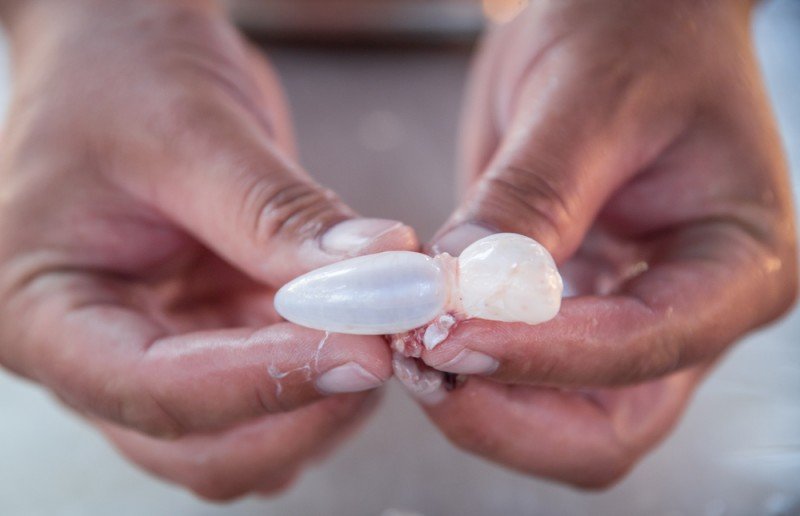What Is the Function of The Swim Bladder? With Infographic

Updated on

While most fish that we keep in our homes are not all that big, they do certainly have quite an interesting anatomy. One of the things that you might be interested to know about is how fish, or some of them, control their buoyancy, or in other words, how they sink deeper and float higher up.
This is where an organ known as the swim bladder comes into play. Let’s talk about what exactly the swim bladder is and how it works.

What Is A Swim Bladder?

Most bony fish have swim bladders, but many cartilaginous fish do not. The swim bladder is also known as the air bladder, fish maw, or gas bladder as well. The swim bladder is located in the center mass of the fish and is a derivative of the digestive cavity of the fish.
It is a buoyancy organ, in simplest terms. So, in layman’s terms, the swim bladder is an organ used for buoyancy that most bony fish possess.
What Is The Purpose Of A Swim Bladder?

As you can probably guess, since the swim bladder is the buoyancy organ of a fish, its purpose is to help fish regulate their depth. Yes, some fish simply use their fins to swim up and down in the water column, but this uses quite a bit of energy that fish sometimes just don’t have to spare.
Well, the swim bladder allows some fish to adjust their depth in the water using nothing more than some gas. The swim bladder is usually filled with oxygen but can contain other gases as well.
In other words, if a fish wants to sink deeper down, it will empty some of the oxygen from the bladder, thus making the fish less buoyant. If the fish wants to rise to the surface, or just rise higher in the water, it will inflate the swim bladder with more gas to increase buoyancy.
It is also shown that in some fish if the oxygen in the water is at a low level, the bloodstream of the fish may draw on the oxygen in the swim bladder to stay properly oxygenated.

Final Thoughts
If you were wondering how most fish sink and rise in the water column so rapidly, the swim bladder is how it is done. It’s actually quite a simple organ, one that most fish have and use to help make their daily lives just a little bit easier.
See Also:
- Do All Fish Have Backbones? Here’s The Answer!
- How Do Fish Communicate With Each Other? Aquatic Facts & FAQs
Featured image: Malgorzata Surawska, Shutterstock









